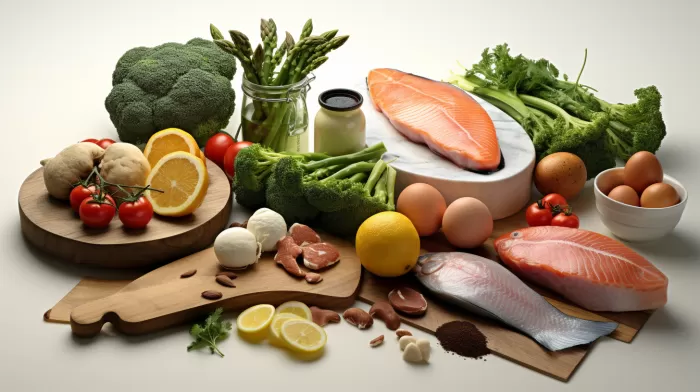When embarking on a gluten-free diet, it may feel like all the good foods are off-limits. However, eating gluten-free can actually be fairly simple and enjoyable once you have a solid understanding of what you can and can’t eat. People with celiac, an autoimmune reaction to gluten proteins found in wheat, barley, and rye, face particular challenges when trying to maintain a long-term gluten-free diet. In this blog, we’ll discuss the basics of a gluten-free diet, watchouts for hidden sources of gluten, and strategies for maintaining a healthy lifestyle.
The Basics
First and foremost, many healthy, unprocessed foods are naturally gluten-free: meats and fish (without breading or dressing), fresh fruits and vegetables, eggs, corn, rice, potatoes, nuts, beans, milk, butter, coffee, fruit juice, and cooking oils. However, be cautious when consuming processed versions of these items, as they may contain additives with gluten.
Hidden Sources of Gluten
Avoiding bread, donuts, and cereal made from wheat might seem obvious, but there are many items you may not realize contain gluten. These include malt-based products (like malt vinegar, malted milk, and beer), wheat-based pasta, soy sauce, teriyaki sauces, licorice, imitation fish and crabmeat, and certain processed cheeses and vegetarian meat substitutes made with soy.
The Oat Question
The safety of oats for those who are gluten-sensitive is a controversial subject. Many oats and oatmeal sold in supermarkets are contaminated with gluten, as they are processed on machinery used for wheat products. On the other hand, you can now buy gluten-free oats produced in plants that eliminate cross-contamination. However, some research suggests that even uncontaminated oats contain proteins that can cause issues for people sensitive to gluten.
Gluten-Free Foods
As awareness about gluten sensitivity grows, more food manufacturers have started producing processed gluten-free foods. Now, it’s easier than ever to find gluten-free cookies, pizza, and bread in many supermarkets. These products are typically made with alternative grains, such as ground-up corn, almonds, rice, and potatoes.
Sauce Complications
You’ll also need to be cautious about soups, salad dressings, and sauces, as these may contain wheat flour or other wheat products added as thickening agents. Whenever possible, read labels carefully and be proactive when eating at restaurants about requesting sauces and flavorings without gluten. Even seemingly safe options like French fries might be cooked in oil containing gluten or seasoned with wheat-containing additives.
Cooking at Home
Ultimately, the best way to guarantee a healthy, gluten-free diet is to prepare your own meals from scratch. This way, not only can you control exactly which ingredients go into your dishes, but you can also avoid the excess sugar and salt that often sneak into processed foods.
In conclusion, maintaining a gluten-free diet can be challenging, but it’s also an opportunity to explore new ingredients and cooking methods. By focusing on naturally gluten-free foods and learning to identify hidden sources of gluten, you can establish a healthy eating plan that will serve you well in the long run.



